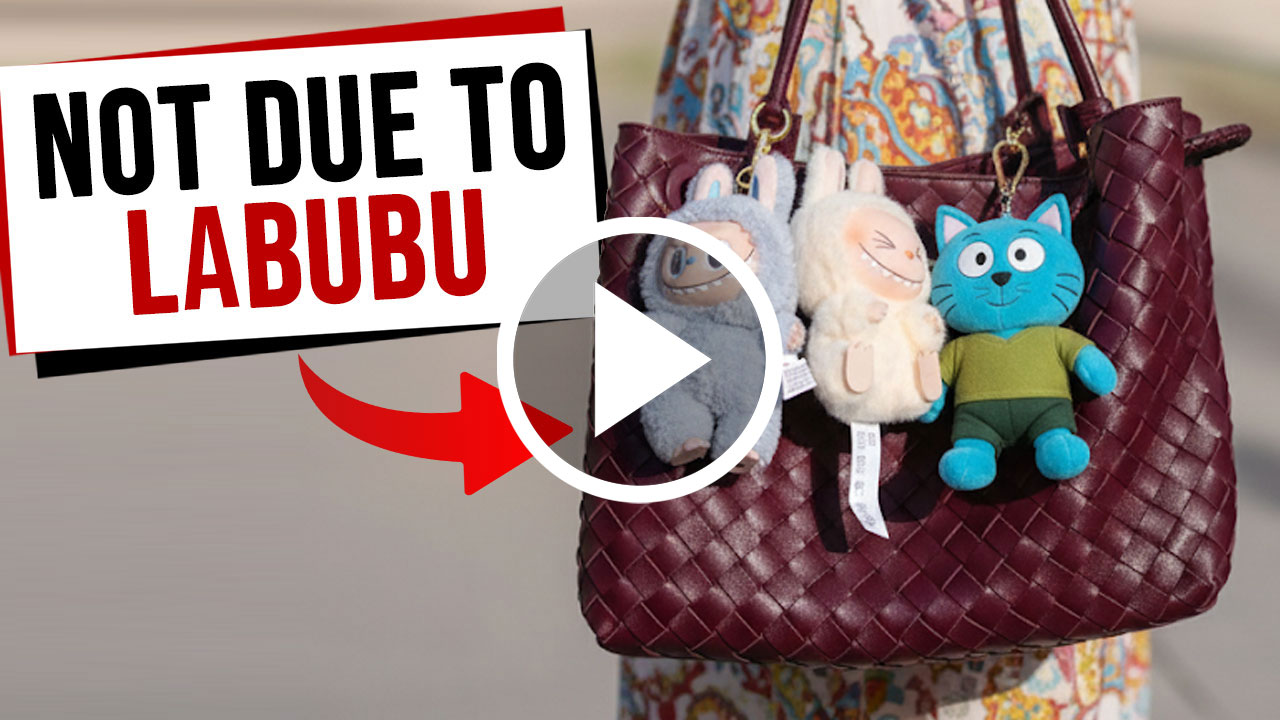If you’ve been following news about COVID-19, you’d know that a few countries (or cities) have been praised repeatedly on how they keep COVID-19 under control.
Singapore was one of them…until April came and we even had a mention in Trevor Noah’s show.
The other two that were praised widely were Taiwan and Hong Kong, both countries that had experience dealing with SARS.
Here’s Taiwan’s daily COVID-19 chart:

It looks scary but the highest number of cases reported in a day is merely 27.
The number of daily cases in Hong Kong has often been rather flat…


…until July hits.

Back then, experts have believed that Hong Kong’s border restrictions, quarantine and isolation, social distancing, and behavioural changes such as wearing masks likely all played a part in the containment of the disease.
In fact, if you have wings and can fly over Hong Kong in May, you’d see crowds of people protesting against the new National Security Law instead, and you won’t know that there’s a global pandemic.
The city hasn’t had a lockdown or even a partial lockdown throughout; it closed its borders from 25 March 2020 and had restrictions akin to our Phase Two from 27 March 2020, though their magical number back then was “four”.
From January to June, there were two “waves” of infections: one in late March (which led to the “Phase Two” mentioned above) and another in late June, when several restrictions were lifted.
In both “waves”, the daily cases are between 30 to 50 cases.
But July is different. Called the “third wave”, it finally shows Hongkies how people in other countries feel when they can’t even have a meal in a restaurant.
The Late Wave That Comes
The “third wave” started from 5 July 2020, and it began with a cook in a restaurant. After he was tested positive, it slowly spiralled out of control; more people started to be infected. What was disturbing was that the community cases could no longer to be traced back to any cluster—in other words, unlinked cases were raising.
Hong Kong’s chief executive Carrie Lam then shuttered businesses including bars, gyms, and nightclubs; basically any place where people are packed tightly like sardines.
She also ordered residents to wear masks on public transport. Soon, Lam made it mandatory for Hong Kongers to wear masks inside any public indoor venue and for non-essential civil servants to work from home
While she said further social distancing measures would be implemented if things do not improve, Lam was reluctant to order people to stay at home.
“We can’t just make a simple and extreme move to cut everything at once,” Lam said.
And well, it didn’t work because the cases continue to climb, with six straight days of three-digit daily new cases, and that leads to today:
Drastic Restrictions That Are Like a Lockdown
The authorities don’t usually use the word lockdown, and it’s the same in Hong Kong.
This morning (27 July 2020), after a meeting by the Executive Council, new restrictions that sound like our Circuit Breaker were imposed.
Gathering is restricted to two people, and everyone must put on a mask when they’re in public spaces—even in covered outdoor area. Dine-in would be banned. All sports premises and swimming pools would be shut down, too.
This will come in effect from Wednesday for a week.
Though we all know that believing it’d end after a week is akin to believing that COVID-19 is just a flu. COVID-19’s middle name is “extension”.
However, the authorities don’t call it a lockdown (what’s new), through Chief Secretary Matthew Cheung Kin-chung said, “We appeal to the public to stay at home as much as possible.”
That sounds familiar, too.
Why Like That?
In a previous article, Hong Kong was criticised by experts for easing restrictions too fast.
Health experts said that not enough tests are being carried out.
They also added that those who are exempted from mandatory quarantine, like aircrew members or ship crews, are not being monitored tight enough.
Before the resurgence, they were basically given free rein and do not even have to be tested for Covid-19 when they arrive in Hong Kong.
Meanwhile, the authorities had allowed public gatherings again, and the max cap keeps increasing: at first from four to eight, then 50 last month.
Restaurants and bars were also allowed to resume operations at “closer to full capacity”.
There are also silent carriers in the city (read: asymptomatic cases) and with international travel resuming, people who were stranded overseas are allowed to come home again.
All of this, experts deduced, helped in bringing up the “third wave” of infections.
Lessons from Hong Kong
Singapore is learning from other countries to prevent a second wave, and if there’s one takeaway from Hong Kong, it’s this: lifting of restrictions will lead to an infection wave, and implementing restrictions would drastically break the chain of infection fastly.
In Hong Kong, it’s proven not just once but twice, and if these latest measures work, it’d be thrice le.
So, if you want to continue having your chendol in hawker centres, don’t complain about having to wear masks.




